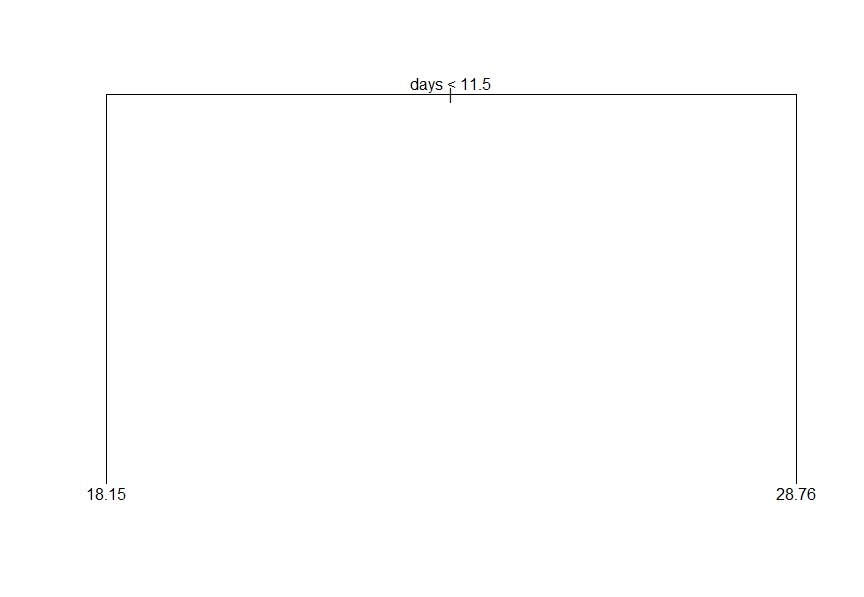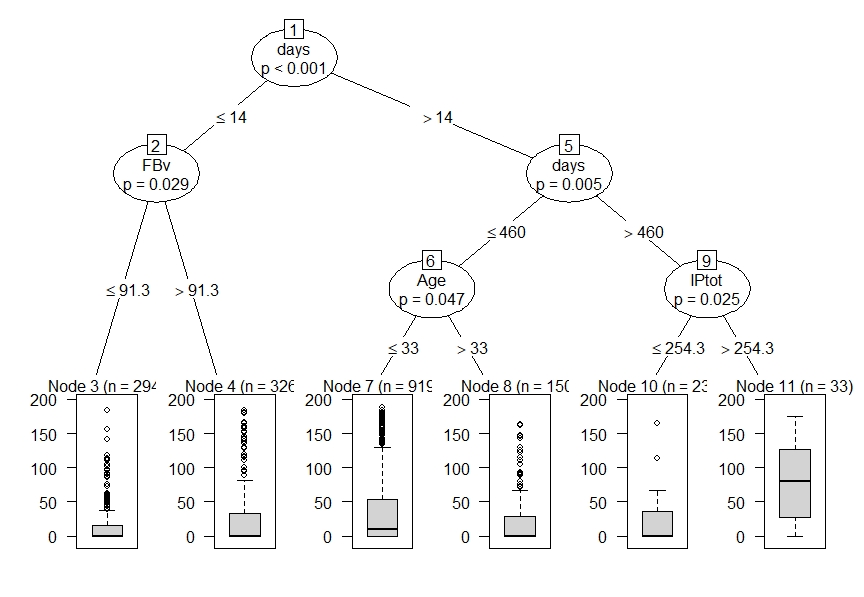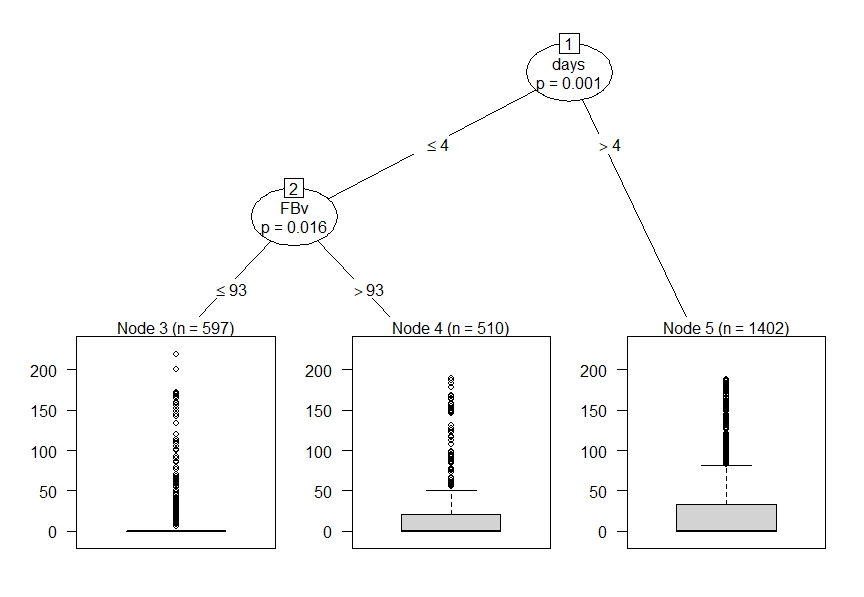In the final part of my latest injury investigation, I trying to see if pitchers who have accumulated a certain amount of injuries age worse than those who have stayed healthy. And if so, are there any rules-of-thumb that can be used. I’ve already examined chronically injured hitters and if accumulated days missed for pitchers lead to more Injured List (IL) trips. The results aren’t groundbreaking findings that constantly hurt pitchers declining faster at certain thresholds but now some numbers can be added to the narratives.
My overall goal is to see the accumulative effect of various injuries can lead to a pitcher aging faster. The factors I had never accounted for are accumulated IL days and times of the IL for elbow, shoulder, or arm injury. Also, I’m only diving into starters (GS/G >= .5) from 2010 to 2018 because relievers, especially closers, are already tough to project. I divided the starters by their age based on a steep production decline starting at age 29. For the pitcher’s talent level, I used ERA- that increase, like ERA, as a pitcher performs worse. The results were a little mixed.
One item to keep in mind, pitchers have historically, maintained their production, or declined as they age. While there is always the exception of a pitcher improving, most are headed down with the average change of 2.8 points of ERA- a year.
The Difference in Production Based on Total Accumulated IL Days
| Total IL days |
Median ERA- Diff |
Median IP Diff |
Avg IL Days |
| 0 |
1.9 |
18.1 |
20.2 |
| 1 to 90 |
2.2 |
-18.8 |
29.9 |
| 91 to 180 |
7.3 |
5.7 |
37.6 |
| 181 to 270 |
5.1 |
13.4 |
35.9 |
| >270 |
0.6 |
58.0 |
38.3 |
|
|
|
|
| 0 |
0.6 |
-24.2 |
15.5 |
| 1 to 90 |
2.9 |
-17.2 |
25.8 |
| 91 to 180 |
0.4 |
-13.0 |
27.4 |
| 181 to 270 |
5.7 |
-23.6 |
39.8 |
| >270 |
4.5 |
-4.1 |
40.4 |
What I found from this data run and others not listed, age doesn’t matter. Also, while the average IL days steadily climb, the ERA- value jump seems to increase except when it doesn’t. I simplified the results and settled on a 120-day threshold with the following results.
The Difference in Production Based on Total Accumulated IL Days
| Career IL Days |
Median ERA- Diff |
Median IP Diff |
Avg IL Days |
IL Chance |
| <= 120 days |
1.8 |
-10.5 |
24.0 |
40.0% |
| > 120 IL days |
5.2 |
-8.0 |
37.8 |
54.8% |
Once a pitcher goes over the 120-day threshold (i.e. a full MLB season), their career declines at a faster than expected rate. Again, there are always going to expectations but rostering too many of these hurt starters increases the downside potential.
Now for one more angle that I had jotted in my to-do book. Most major pitcher injuries center around the arm, so I decided to focus just on them. I bucketed the information by the number of times a pitcher was on the IL for a general arm (e.g. forearm), elbow, or shoulder injury (no wrist or hand). With more than 99% of all instances in the single digits, a simple workable division was easy to find at 2 IL stints.
The Difference in Production Based on Arm-Related IL Trips
| IL Stints for Arm |
ERA- Change |
Total IL Days |
IL Days |
IL Chances |
| Two or Fewer |
2.3 |
252.6 |
26.5 |
42.0% |
| Three or More |
5.5 |
358.0 |
39.6 |
59.0% |
Even pitchers who had two or few IL stints weren’t in great shape with them averaging over 200 days on the IL. That third arm related IL trip can be a deal-breaker because the pitcher will, on average, will see their skill degrade about twice as fast as those with two or fewer trips.
And finally here are the pitchers who have over 120 days on the IL and three or more arm related IL stints (min 10 IP last season).
Starters Who Should Age Faster Than Expected
Several high ADP names fill the list like Morton, Darvish, Strasburg, Kershaw, and Cole. Does this information mean I won’t roster the pitcher? Maybe. With a fantasy team only starting nine pitchers, I’d like those pitchers to be as rock-solid as possible with little chance of decline. The downside means that I will need them to come with a discount and is an easy tiebreaker. That’s not helpful since that’s everyone’s injury take.
My stance on the information is wishy-washy because I am unsure. I haven’t fathomed a way to weight the information especially if I want to use it to create auction prices. I need to find a way to change ERA- to fantasy-relevant stats. It wouldn’t be that hard but I’m looking at two different inputs (total days and arm related trips). Also, I should incorporate possible time missed from previous IL trips. I’m going to let the information stew for a bit and unless I come to some divine revelation, I’ll perform a forced dive once this season is over or canceled.



